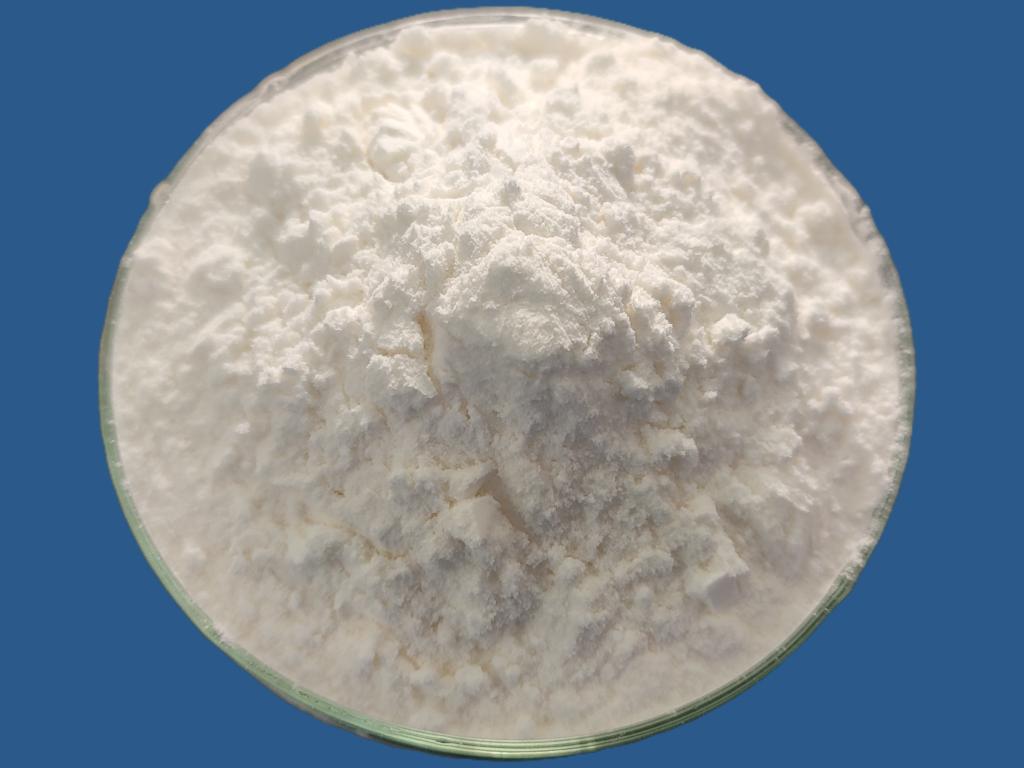Tel:+8618231198596

News
 CONTACT
CONTACT
 CONTACT
CONTACT
- Linkman:Linda Yao
- Tel: +8618231198596
- Email:linda.yao@dcpharma.cn
- Linkman:CHARLES.WANG
- Department:Overseas
- Tel: 0086 0311-85537378 0086 0311-85539701
News
Exploring the Antifungal Activity of ε-Polylysine Hydrochloride.
TIME:2024-06-07
Antifungal Mechanisms of ε-Polylysine Hydrochloride
Disruption of Fungal Cell Membranes:
ε-PL exerts its antifungal activity by disrupting fungal cell membranes through electrostatic interactions and membrane permeabilization.
The cationic nature of ε-PL enables it to bind to negatively charged components of fungal cell walls and membranes, leading to membrane destabilization and leakage of cellular contents.
Inhibition of Fungal Growth and Reproduction:
ε-PL inhibits fungal growth and reproduction by interfering with essential cellular processes, including cell wall synthesis, protein synthesis, and nucleic acid metabolism.
Its ability to disrupt fungal cell division and spore formation contributes to its antifungal efficacy against a wide range of fungal pathogens.
Synergistic Effects with Antifungal Agents:
ε-PL exhibits synergistic effects with conventional antifungal agents, enhancing their efficacy and overcoming drug resistance mechanisms.
Combination therapies involving ε-PL and antifungal drugs such as azoles, polyenes, and echinocandins offer promising strategies for combating resistant fungal infections.
Antifungal Spectrum of Activity
Clinical Fungal Pathogens:
ε-PL demonstrates potent antifungal activity against clinically relevant fungal pathogens, including Candida species (e.g., Candida albicans, Candida glabrata) and Aspergillus species (e.g., Aspergillus fumigatus, Aspergillus niger).
Its broad-spectrum activity encompasses both yeasts and molds, making it a versatile agent for treating diverse fungal infections.
Plant Pathogens:
In agricultural settings, ε-PL shows efficacy against plant-pathogenic fungi responsible for crop diseases, such as Fusarium spp., Botrytis cinerea, and Alternaria spp.
Its potential for controlling fungal plant pathogens offers opportunities for sustainable agriculture and crop protection.
Industrial and Environmental Applications:
ε-PL's antifungal properties extend to industrial and environmental applications, including the preservation of wood, textiles, and building materials against fungal decay and deterioration.
Its use in antifungal coatings, paints, and preservatives contributes to the protection of structures and materials from fungal colonization and damage.
Applications in Antifungal Therapy
Topical Antifungal Treatments:
ε-PL-based formulations show promise as topical antifungal treatments for skin and nail infections caused by dermatophytes, yeasts, and molds.
Creams, ointments, and gels containing ε-PL offer localized delivery and sustained release of the antifungal agent, enhancing efficacy and minimizing adverse effects.
Oral Antifungal Agents:
ε-PL may be formulated into oral dosage forms for the treatment of systemic fungal infections, including candidiasis, aspergillosis, and cryptococcosis.
Controlled-release formulations and combination therapies with systemic antifungal drugs optimize drug delivery and improve therapeutic outcomes.
Medical Device Coatings:
Coatings and surface treatments incorporating ε-PL provide antimicrobial protection for medical devices, implants, and prosthetic materials susceptible to fungal colonization and biofilm formation.
By preventing fungal adhesion and colonization on device surfaces, ε-PL coatings reduce the risk of device-related fungal infections and implant failures.
Future Directions and Challenges
Optimization of Formulations:
Further research is needed to optimize ε-PL formulations for enhanced stability, solubility, and bioavailability in different dosage forms.
Nanotechnology-based approaches, lipid-based carriers, and mucoadhesive formulations offer opportunities to improve ε-PL delivery and therapeutic efficacy.
Preclinical and Clinical Studies:
Preclinical studies evaluating the safety, pharmacokinetics, and efficacy of ε-PL in animal models of fungal infections are essential for advancing its clinical development.
Clinical trials assessing the safety and efficacy of ε-PL-based antifungal therapies in human subjects will provide valuable insights into its therapeutic potential and tolerability.
Regulatory Approval and Commercialization:
Obtaining regulatory approvals and market authorizations for ε-PL-based antifungal drugs requires compliance with regulatory guidelines and demonstration of safety and efficacy through rigorous testing.
Collaboration with regulatory agencies, contract research organizations, and pharmaceutical partners facilitates the regulatory approval process and accelerates commercialization efforts.
Conclusion
ε-Polylysine hydrochloride emerges as a promising antifungal agent with broad-spectrum activity and multiple applications in antifungal therapy, agriculture, and industry. Its unique mechanisms of action, synergistic effects with existing antifungal agents, and low likelihood of resistance make it a valuable addition to the armamentarium of antifungal treatments. By exploring its potential in various formulations and delivery systems, conducting preclinical and clinical studies, and navigating regulatory pathways, researchers aim to harness the full therapeutic potential of ε-PL in combating fungal infections and improving human health.
- Tel:+8618231198596
- Whatsapp:18231198596
- Chat With Skype







